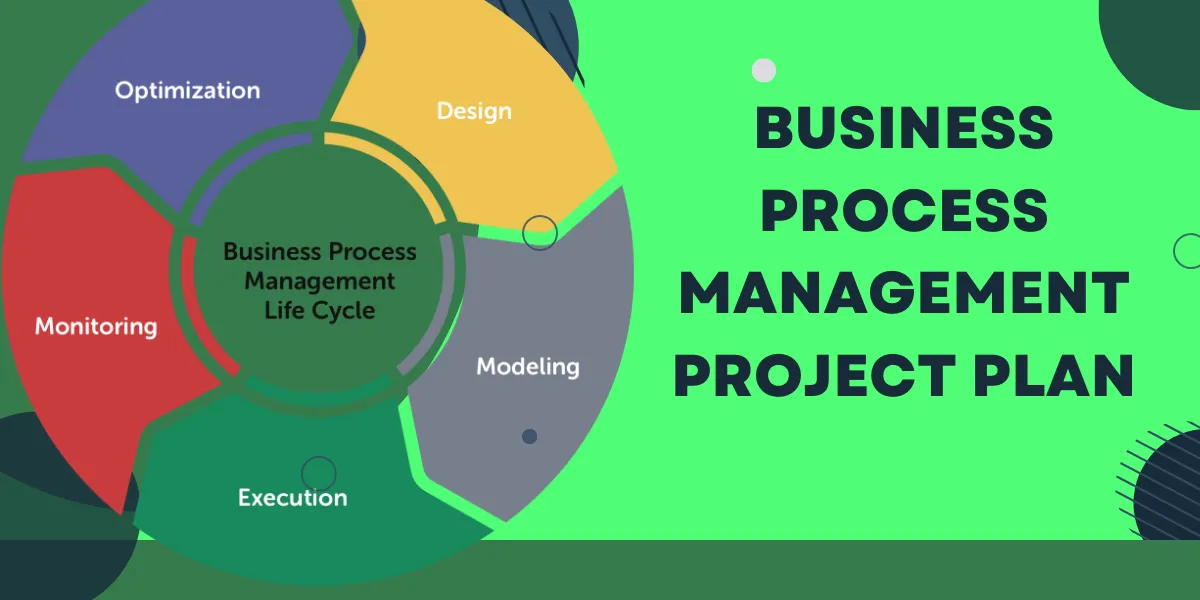Business Process Management Poject Plan:
In today’s competitive business landscape, organizations strive to streamline their operations and enhance efficiency to stay ahead. Business Process Management (BPM) has emerged as a crucial discipline for optimizing workflows, reducing costs, and driving continuous improvement. However, successful BPM implementation requires a well-defined project plan that outlines objectives, timelines, and resources. In this article, we will delve into the key components of a robust BPM project plan, incorporating proper SEO techniques to ensure maximum visibility and reach.
Conduct a Comprehensive Analysis:
Before diving into the BPM project plan, it is imperative to conduct a thorough analysis of your organization’s existing processes. This analysis should identify pain points, bottlenecks, and areas for improvement. Use keyword research and SEO tools to identify popular search terms related to BPM and align your content with relevant keywords.
Define Clear Objectives and Scope:
A successful BPM project plan begins with clearly defined objectives. Determine what you aim to achieve through your BPM implementation, such as reducing cycle times, increasing customer satisfaction, or improving compliance. Clearly state these objectives in your project plan, using SEO-friendly titles and headings to capture search engine attention.
Identify Key Stakeholders:
Identify the key stakeholders who will be involved in the BPM project. This may include executives, department heads, process owners, and IT personnel. Collaboratively engage them in the project plan, incorporating their expertise and ensuring their buy-in. Incorporate relevant keywords within the content while maintaining a natural flow.
Create a Roadmap with Milestones:
Develop a comprehensive roadmap that outlines the various phases of your BPM project, along with specific milestones and deliverables. Breaking the project into manageable chunks helps keep everyone aligned and motivated. Use SEO optimization techniques in the meta tags, headers, and subheadings to enhance visibility and search engine rankings.

Allocate Resources Appropriately:
Consider the resources required for your BPM implementation, including budget, personnel, and technology. Ensure you have the necessary resources in place to support the project plan. Use keywords naturally throughout the content to enhance SEO, but avoid keyword stuffing, as it may negatively impact the reader’s experience.
Define Metrics for Success:
To measure the effectiveness of your BPM implementation, define relevant metrics that align with your objectives. These metrics could include process cycle time, error rates, customer satisfaction scores, or cost savings. Integrate SEO best practices by optimizing images, titles, and metadata for increased search engine visibility.
Develop a Communication Strategy:
Effective communication is essential for the successful implementation of any project. Develop a communication plan that outlines how progress will be communicated, including regular status updates, team meetings, and reports. Incorporate SEO techniques in your content to ensure it ranks high in search results, attracting a wider audience.
Monitor and Adjust:
Once the BPM project is underway, establish a system for monitoring progress and addressing any deviations from the plan. Regularly review and analyze key metrics to identify areas that need adjustment or improvement. Continuously optimize your content for SEO by using relevant keywords and incorporating feedback from analytics tools.
Crafting a well-structured BPM project plan is crucial for successful implementation. By incorporating SEO techniques, you can enhance the visibility and reach of your project plan, ensuring it reaches the right audience. Remember to continuously monitor and adjust your plan as necessary, keeping your objectives and stakeholders’ needs in mind. With an effective project plan in place, your organization can drive process optimization, enhance efficiency, and gain a competitive edge in the dynamic business landscape.
Note: When optimizing for SEO, strike a balance between incorporating relevant keywords and maintaining a natural, reader-friendly flow. Avoid keyword stuffing, as it can have adverse effects on the readability and user experience.









